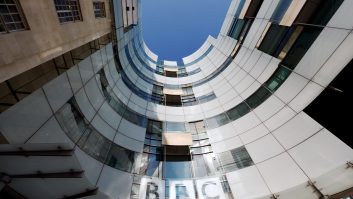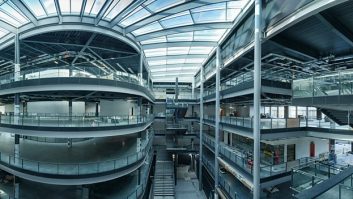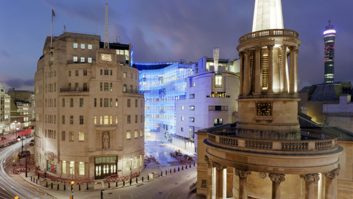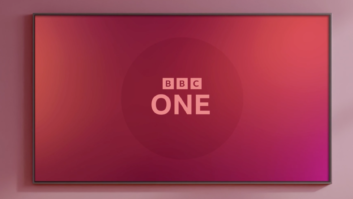BBC Resources has completed the high definition upgrade of Studio One, the BBC’s flagship, 10,000 square foot studio at TV Centre, writes Adrian Pennington.
The _1 million plus upgrade includes cabling to support up to 16 Sony HDC 1500 cameras, with four HD fibre optic feeds from the gallery to the studio floor. It is also equipped with a fully digital Studer Vista 8 sound desk, 5.1 sound monitoring and Dolby E encoding and decoding. Incoming standard definition sources will be up-converted to HD and output can be converted to SD if required.
Studio One is claimed to be the UK’s largest fully HD video studio and plays host to large-scale live productions such as ‘Election 2005’, ‘Children in Need’ and ‘Later with Jools Holland’.
BBC Resources also intends to convert the 8000 sq ft Studio 8 to HD early next year. The revamped studios are being prepared for the sale of the division, earmarked before June 2007. It forms part of an ongoing HD replacement strategy which has seen three OB vehicles upgraded to HD and post production facilities also receiving new HD kit investments. Phase one of the studio’s upgrade began in 2005 and included audio, talkback and comms.
“Our policy is to maximise the existing infrastructure up to the point that it needs replacing and then to carefully target investment to ensure we maintain the value of the division to the BBC and secure business from the BBC and external clients,” said Resources MD, Mike Southgate. “If the BBC suddenly decides to go HD, we can now accommodate that.”
No production has yet committed to either studio for an HD production and Southgate is aware the division faces criticism for spending money (about 30% more than an SD upgrade he calculates) ahead of market demand. “HD production is more expensive mainly because a lot of ancillary equipment such as graphics and recording devices need to be hired in and the cost of in and out going HD feeds is high.
“It is difficult to achieve increases in rates when there is a lot of studio capacity and demand is still static but we aim to secure the future of the Studios by catering for HD requirements.”







